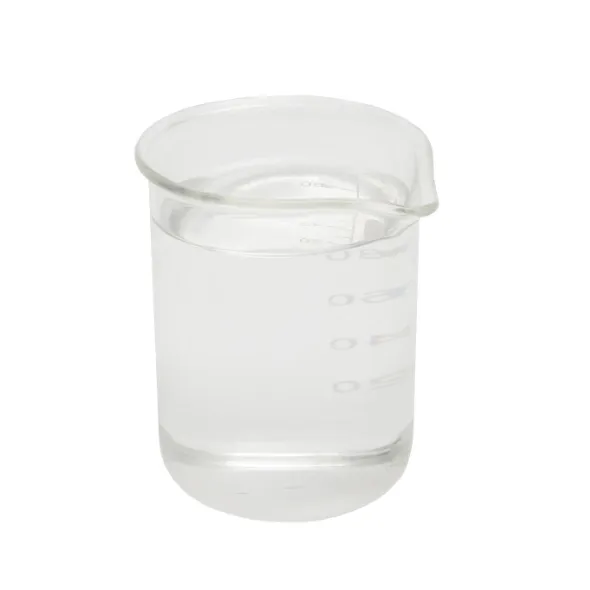Warning: Undefined array key "title" in /home/www/wwwroot/HTML/www.exportstart.com/wp-content/themes/1198/header.php on line 6
Warning: Undefined array key "file" in /home/www/wwwroot/HTML/www.exportstart.com/wp-content/themes/1198/header.php on line 7
Warning: Undefined array key "title" in /home/www/wwwroot/HTML/www.exportstart.com/wp-content/themes/1198/header.php on line 7
Warning: Undefined array key "title" in /home/www/wwwroot/HTML/www.exportstart.com/wp-content/themes/1198/header.php on line 7
Oct . 21, 2024 22:49 Back to list
Diethanolamine Uses and Safety in Cosmetic Products and Ingredients
The Role of Diethanolamine in Cosmetics Benefits and Concerns
Diethanolamine (DEA) is a colorless, viscous liquid that is commonly used in a variety of industrial applications. However, its use in cosmetics has been a topic of ongoing debate among consumers and scientists. With an increasing focus on ingredient safety and transparency in the cosmetics industry, it is essential to understand what diethanolamine is, why it is used in cosmetic formulations, and the potential health concerns associated with its use.
What is Diethanolamine?
Diethanolamine is an organic compound that belongs to the class of ethanolamines, which are used in a multitude of applications. In the cosmetic industry, DEA acts primarily as a surfactant, emulsifier, and pH balancer. It helps to improve the texture and stability of cosmetic products, such as creams, lotions, shampoos, and soaps. By acting as a surfactant, DEA enables better mixing between water and oils, which is crucial for achieving the desired consistency and application of products.
Benefits of Diethanolamine in Cosmetics
1. Improved Texture and Consistency DEA contributes to a smooth and luxurious feel in cosmetic products. It helps in stabilizing emulsions and ensures that formulations maintain their integrity over time.
2. Enhancement of Foam Properties In shampoos and body washes, DEA increases foam formation, leading to better spreadability and efficacy in cleansing.
3. pH Balancing Many cosmetic formulations require a specific pH range for optimal performance and skin compatibility. DEA helps achieve and maintain this necessary pH, ensuring that products are both effective and safe for consumer use.
4. Versatility Diethanolamine can be used in a wide range of products, from hair care items to skin lotions, making it a valuable ingredient for formulators aiming for multifunctional products.
diethanolamine in cosmetics

Health Concerns Associated with Diethanolamine
Despite its utility in cosmetic formulations, the use of diethanolamine raises red flags regarding safety. One of the primary concerns is its potential to form nitrosamines during the manufacturing process or when mixed with other components. Nitrosamines are compounds that have been linked to cancer in some studies, raising alarm among health experts and regulatory bodies.
The International Agency for Research on Cancer (IARC) classifies certain nitrosamines as probable human carcinogens. Moreover, there are concerns related to skin irritation and allergic reactions, particularly for sensitive individuals. As a result, several health organizations recommend that the use of DEA in cosmetic products should be limited or avoided altogether.
Regulatory Status
In response to growing safety concerns, regulatory approaches towards diethanolamine have varied across different regions. In the European Union, for instance, there have been stricter regulations regarding the use of certain ethanolamine compounds in cosmetics. In contrast, in places like the United States, while the Food and Drug Administration (FDA) monitors cosmetic safety, there are fewer restrictions on ingredients like DEA.
Consumers are increasingly advocating for safer cosmetics, prompting many brands to voluntarily eliminate potentially harmful ingredients from their formulations. As awareness rises, consumers are encouraged to read ingredient labels carefully and make informed choices about the products they use.
Conclusion
Diethanolamine plays a significant role in cosmetics, offering benefits as an emulsifier and surfactant. However, the potential health risks associated with its use have sparked significant debate. As consumers become more informed and vigilant about ingredient safety, the cosmetics industry faces pressure to reassess the use of controversial substances like DEA.
Ultimately, while diethanolamine can enhance product performance, it is crucial for brands to prioritize consumer safety and consider alternative ingredients that provide similar benefits without the associated risks. The future of cosmetic formulation will likely see a shift towards transparency and safety, reflecting the evolving preferences of health-conscious consumers. As research continues and regulations adapt, the conversation surrounding diethanolamine and similar ingredients remains vital in the quest for safer cosmetics.
Latest news
-
Certifications for Vegetarian and Xanthan Gum Vegetarian
NewsJun.17,2025
-
Sustainability Trends Reshaping the SLES N70 Market
NewsJun.17,2025
-
Propylene Glycol Use in Vaccines: Balancing Function and Perception
NewsJun.17,2025
-
Petroleum Jelly in Skincare: Balancing Benefits and Backlash
NewsJun.17,2025
-
Energy Price Volatility and Ripple Effect on Caprolactam Markets
NewsJun.17,2025
-
Spectroscopic Techniques for Adipic Acid Molecular Weight
NewsJun.17,2025

